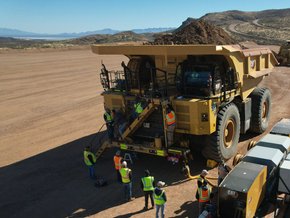Top tips to reduce carbon footprints in construction

With recent news that the concentration of carbon dioxide emitted has now reached 400 parts per million, it has become increasingly important for construction workers to reduce their carbon footprint and provide buildings which are not only economical, but sustainable in their designs.
We take a look at some tips to reduce carbon footprints within the construction industry:
Use of materials
When designing or renovating buildings, it is always important to plan which type of materials will be utilised, but there is now an increased focus on implementing materials which are not solely cost effective, but sustainable and energy efficient in order to provide long-term benefits and lower carbon levels. This can impact on the overall design of builds, where they are going to be built and the logistics surrounding construction work.
Recycling
It is also imperative to recycle materials such as aluminium within builds, which will effectively reduce the level of waste products which are currently sent to landfill, providing increased advantages within building.
Insulation & Solar
In order to reduce CO2 emissions further, ensure builds incorporate cavity wall insulation and double glazing to ensure heat does not escape, but also ensure the heating is set at certain times whilst also lowering the thermostat.
Burning less fuels to retain warmth in the home will reduce carbon footprints further.
Solar panelling systems have become increasingly installed in both traditional and modern properties in order to capture as much natural energy as possible to reduce CO2 emissions.
Water
Having a shower instead of a bath reduces CO2 levels significantly. Designers are increasingly being asked to build sustainable solutions by utilising and harvesting rainwater, which can be used for irrigation.
Transport
Although transportation of materials and goods drives a huge increase in CO2 emissions, in order to lower this, construction companies could source materials locally and provide increased sustainable benefits. However, if transporting vital resources is necessary, utilising energy efficient vehicles will produce lower emissions.
Follow @ConstructionGL
Read the September 2016 issue of Construction Global magazine






